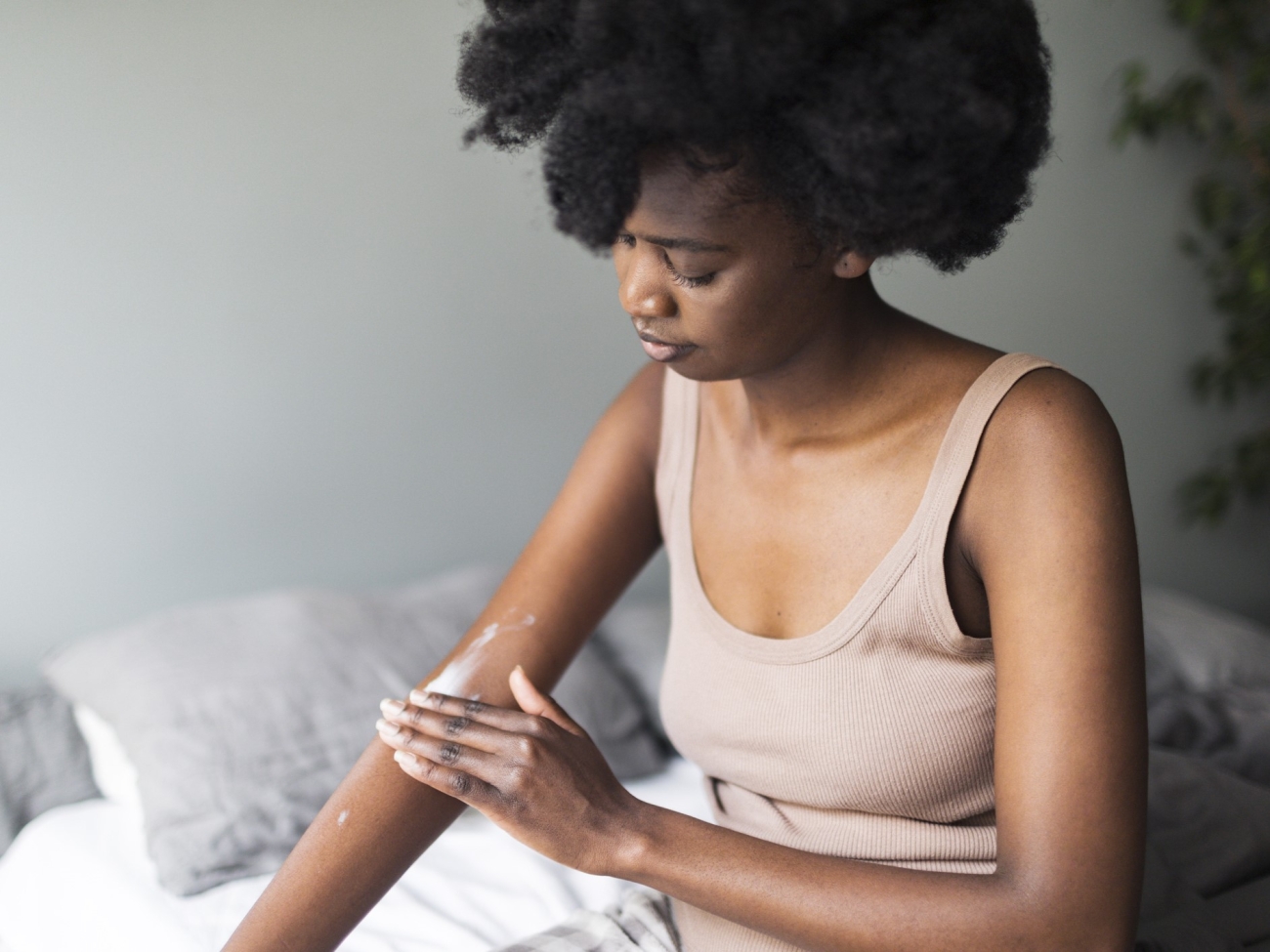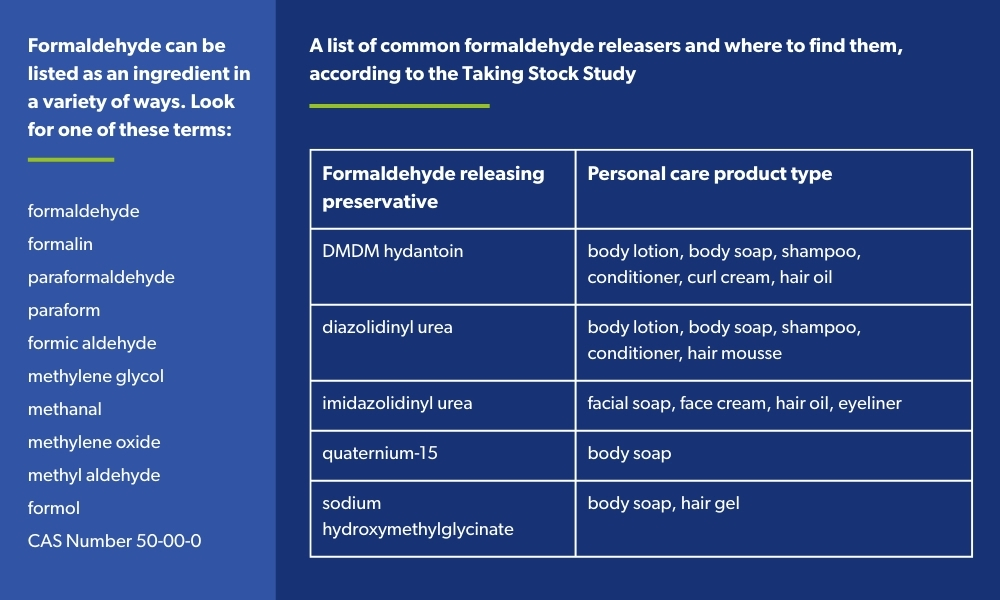Formaldehyde and formaldehyde releasers: how to avoid them
 Did you dissect frogs in your high school science class? Chances are, they were embalmed with formaldehyde, a cheap and effective preservative. But this familiar chemical preserves a lot more than animal specimens. Manufacturers use formaldehyde and a range of formaldehyde-releasing substances to extend the shelf life of products we use every day, like lotions, shampoos, hair straighteners, cosmetics, and nail polish.
Did you dissect frogs in your high school science class? Chances are, they were embalmed with formaldehyde, a cheap and effective preservative. But this familiar chemical preserves a lot more than animal specimens. Manufacturers use formaldehyde and a range of formaldehyde-releasing substances to extend the shelf life of products we use every day, like lotions, shampoos, hair straighteners, cosmetics, and nail polish.
Why does that matter? Formaldehyde is highly toxic. Long-term exposure to it can cause increased headaches and asthma, and it’s classified as a carcinogen. Recent studies have also linked chemical hair relaxers—which often contain formaldehyde—to breast cancer and uterine cancer.
Avoiding formaldehyde and formaldehyde-releasing preservatives, or formaldehyde releasers, can be tricky. The FDA does not prohibit their use in personal care products (sigh). Here are some tips for keeping this biology class standby out of your body.
How do I recognize formaldehyde and formaldehyde releasers on a label?
Look first for “formaldehyde-free” messages. More than 30 chemicals have been identified as formaldehyde releasers, making them hard to recognize, and even formaldehyde itself sometimes goes by other names.
The Taking Stock Study team identified the chemicals listed below as some of the most common formaldehyde releasers used in products. You can refer to this table or download an app to help you when you’re shopping—our app, Detox Me, offers on-the-go tips for avoiding formaldehyde in a wide range of products. Or, try Clearya, which scans labels and flags toxic ingredients.

How else can I protect myself from exposure?
Try to use fewer personal care products. Avoid Brazilian blowouts and chemical hair straighteners, which are formaldehyde-intensive treatments. Refrain from douching or using other vaginal cleansers—sensitive areas of your body absorb toxic chemicals more readily, and vaginal products can contain formaldehyde releasers.
Buff your nails instead of painting them to minimize your exposure to harmful ingredients in nail polish and artificial nails. Or, if you do choose to wear nail polish, apply it outside or with a window open. If you go to a salon, make sure it’s well-ventilated so that you don’t breathe formaldehyde fumes.
You can also try natural alternatives. Nearly half of the products found to contain formaldehyde releasers in our recent study were body lotions. Try applying an unrefined organic oil to moisturize your skin: Options include coconut oil, shea butter, sunflower oil, and safflower oil.
Does it have to be this hard to avoid formaldehyde releasers??
Yeah, no. It does not. One of the most important ways to protect yourself (and everyone!) from formaldehyde is to demand change from manufacturers and policymakers. Many U.S. states, like California and Washington, have started issuing bans or health advisories on formaldehyde and formaldehyde releasers in personal care products. Contact your state representatives to demand that they ban or restrict formaldehyde and formaldehyde releasers. You can cite both the actions of other states and our research.
You can also contact a brand you use often and ask them to take a hard look at their use of formaldehyde and formaldehyde releasers. It might be difficult for the average person to recognize formaldehyde releasers, but companies know what’s what; they’ve chosen to use these chemicals because they want that sweet, sweet embalming action. Tell them to start labeling their products with “may release formaldehyde”—or better yet, to stop putting formaldehyde and formaldehyde releasers in their products altogether.